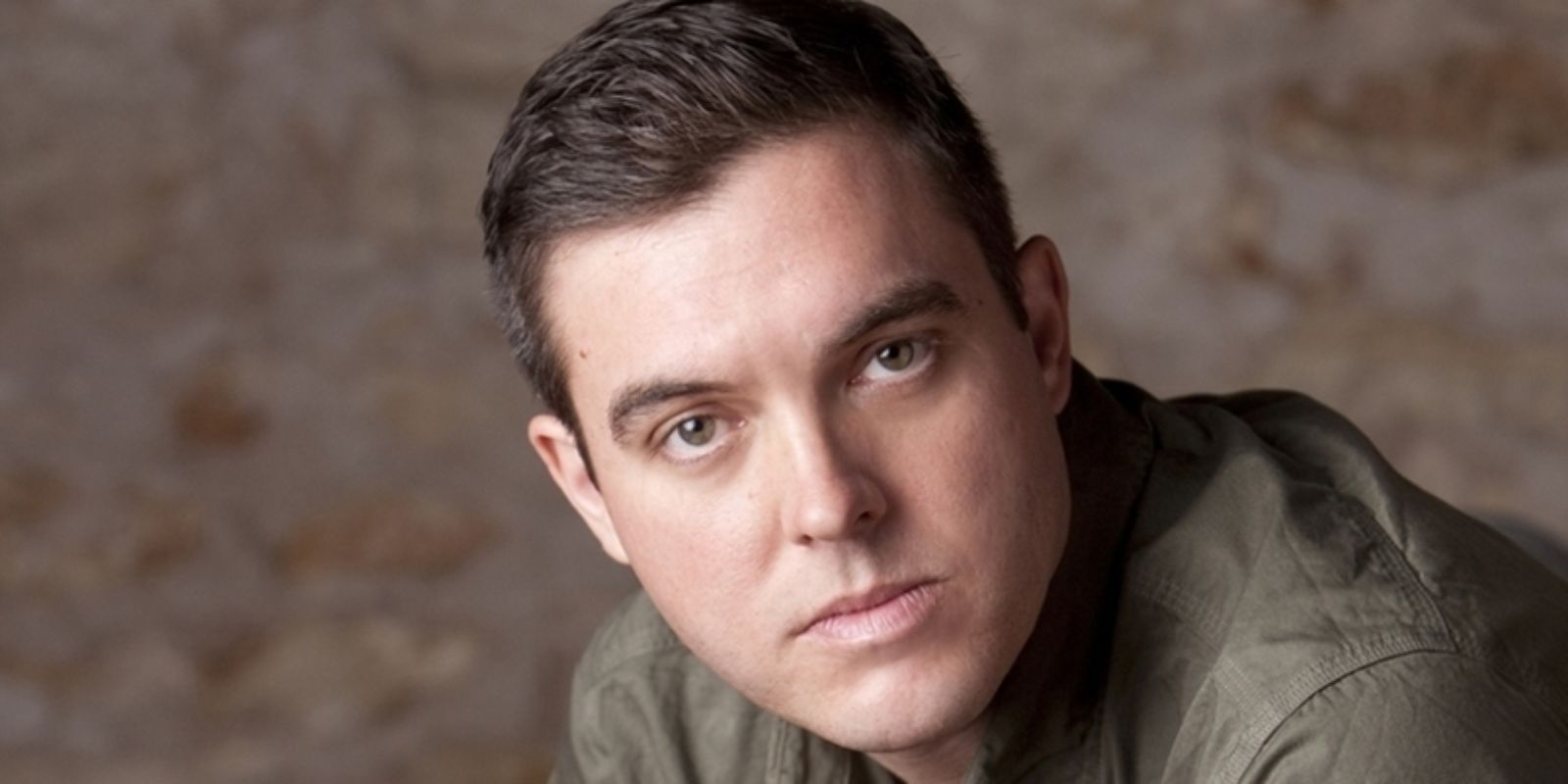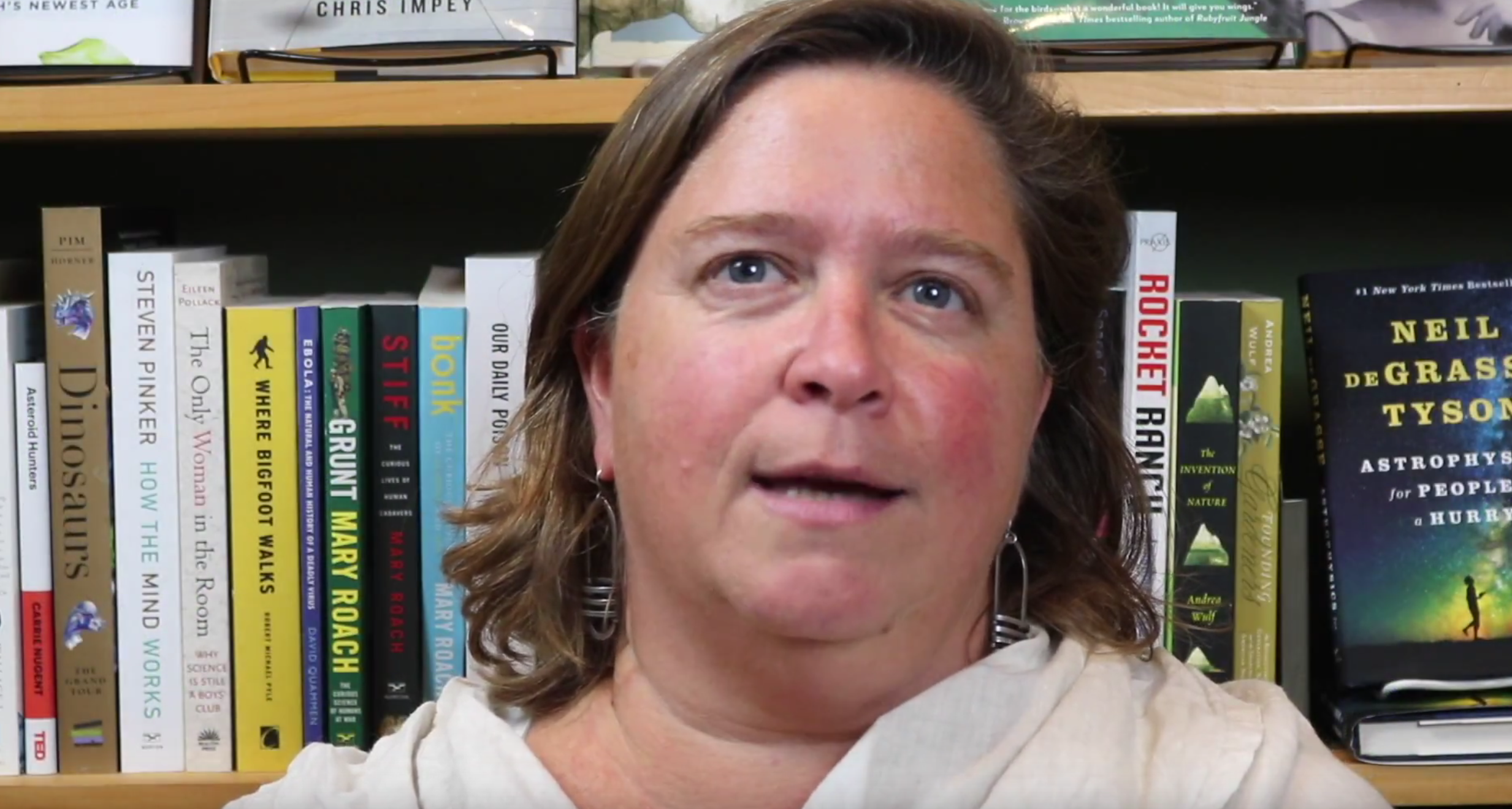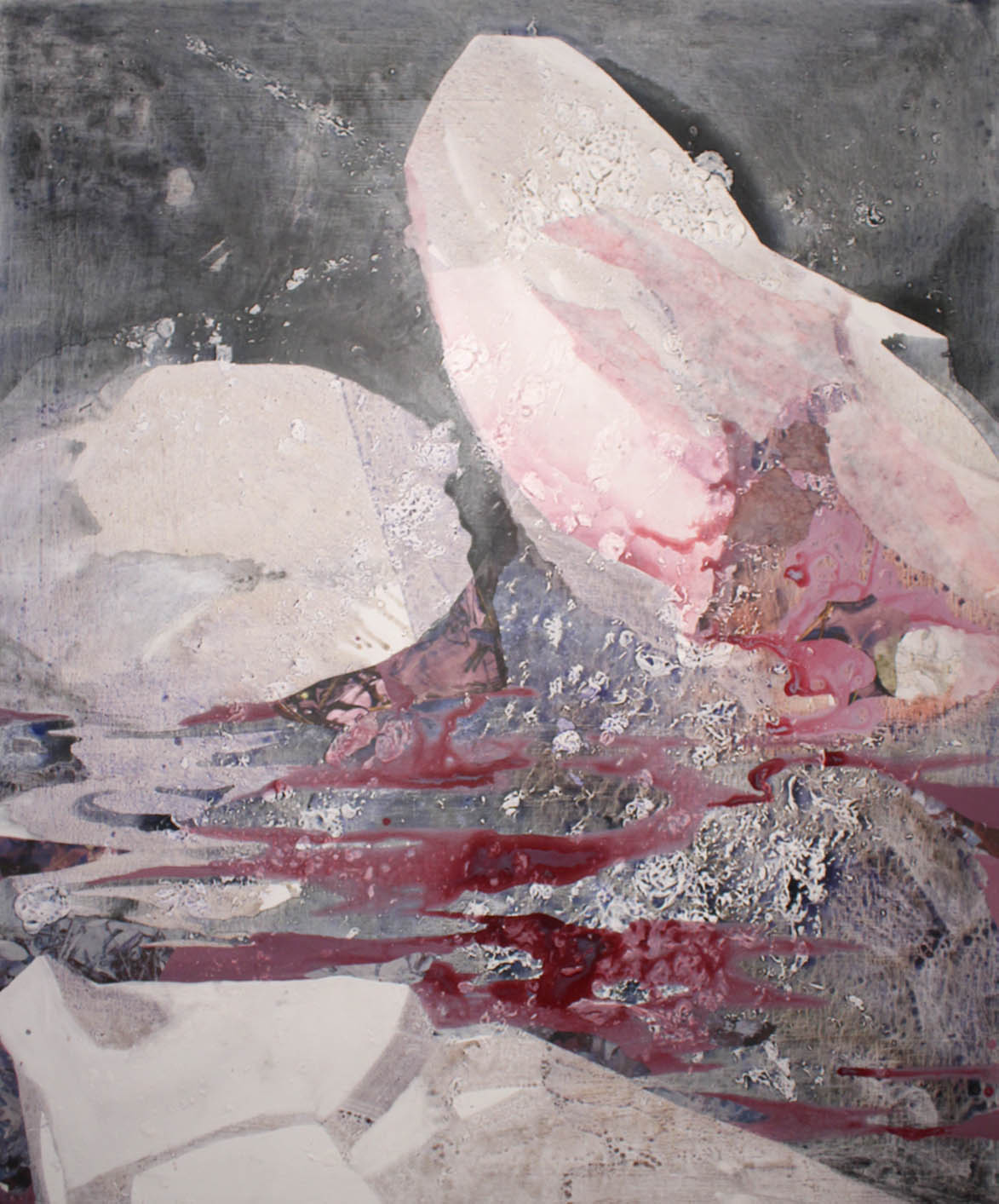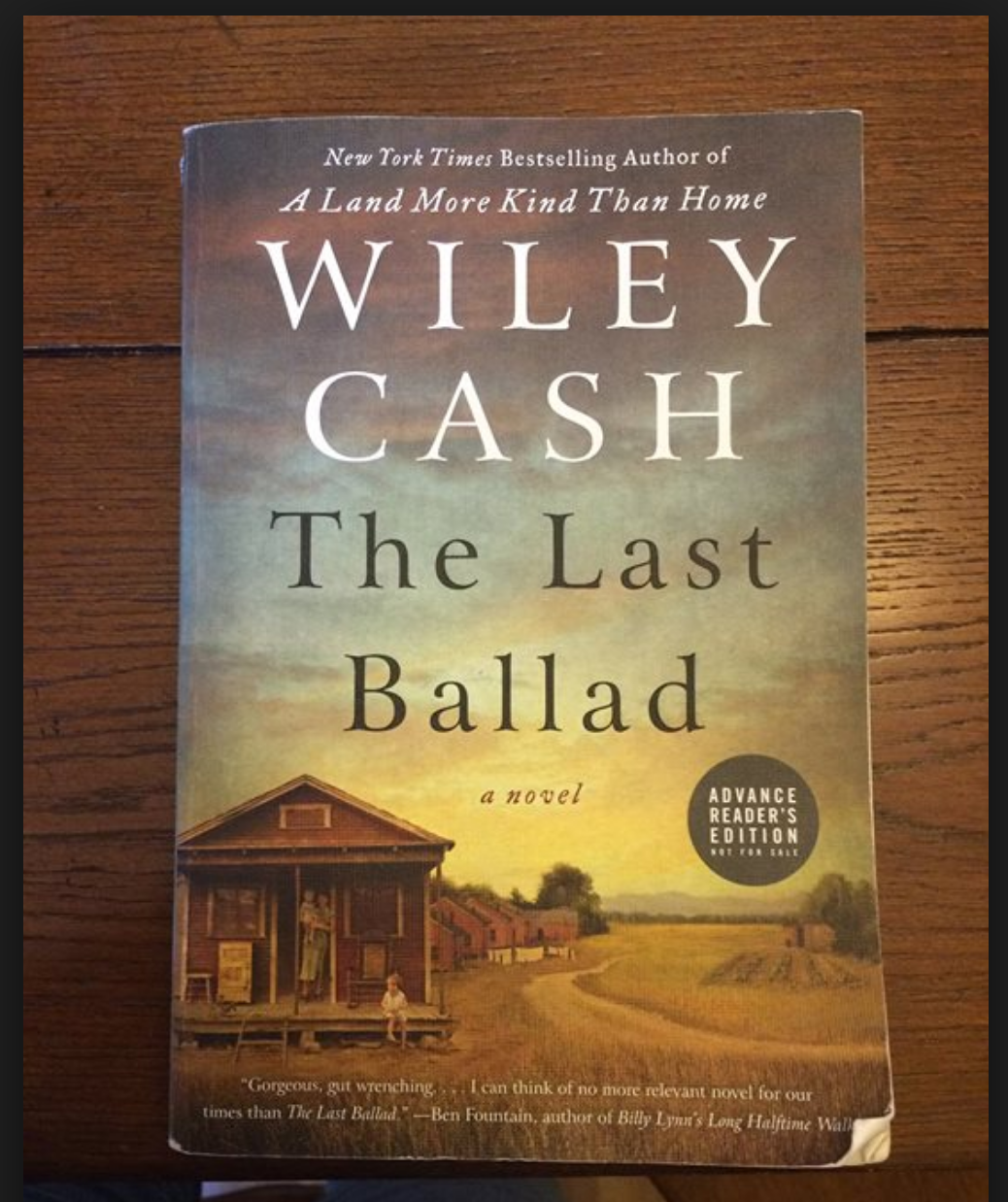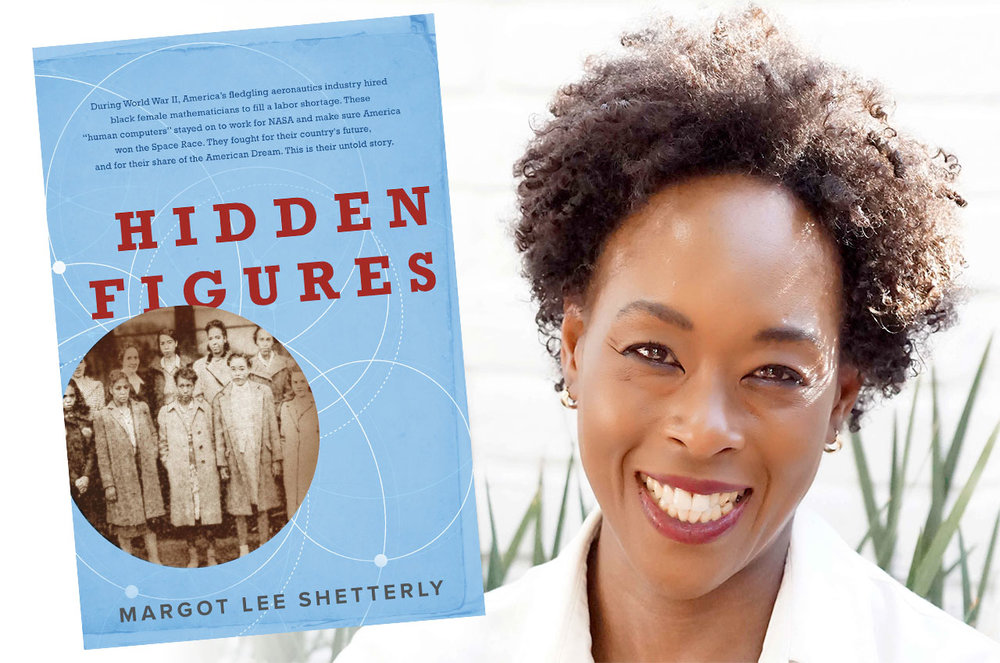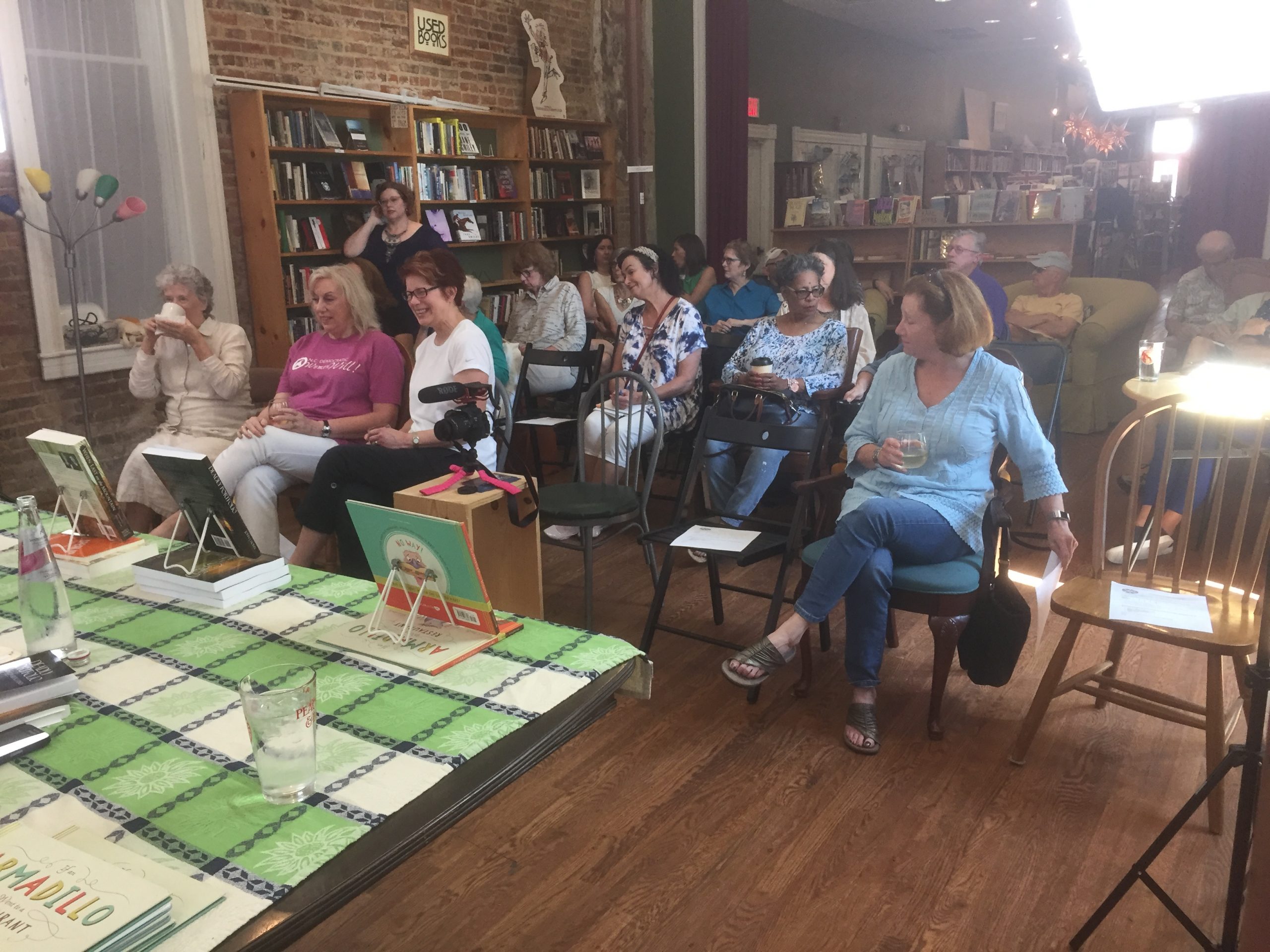Permafrost, 2017 Mixed Media on Canvas
by Steve Mitchell
Artist Katie St. Clair began painting almost before she could walk. Growing up, she would listen to audiobooks as she painted and this tension and overlap between writing and visual art has continued as her work has developed.
Katie is an Assistant Professor of Art at Davidson College. She will give an artist talk at the InFocus Gallery at GreenHill, the center for NC art, this Friday, October 27 at 6pm.Her series of paintings, Erratics, draws on her research into glacial erratics in Burren, Ireland.
I asked Katie a couple of questions about the interplay of visual art and writing in her work.
I appreciate your phrase ‘rattling the eyes’, the idea of shifting or interfering with the way we normally see and experience the world. Could you talk a bit about how this practice is a part of both your art and your writing?
It really comes from a personal space. I was diagnosed with dyslexia when I was young, so linear thinking didn’t come naturally to me. If you were to see me writing in my studio, well, it takes some people by surprise. I cut words, phrases, into pieces, coded by color, and spread them around me on the floor. It helps me to begin to see some kind of order in the repetitions and themes: green for the natural world, blue for sensations and so on. In this way, I have a color palette of ideas already accumulated when I go to write.
My idea of painting is really broad. Collage and painting are one and the same to me. The tension and playfulness between the two helps me question why we create rules for ourselves and how we can break them. We need to create a distance from ourselves, to lose our perspective, to find another way of seeing.
What is the process for you of drawing stories from the world around you?
I don’t start by knowing where I’m going in a painting. I have some leads and a lot of sensations from experiencing a landscape. During my time in Ireland, I was immersed in this raw, limestone landscape. I would go back to my studio with very specific forms and thoughts about what I’d seen and experienced, but I didn’t go back thinking, I’m going to paint rocks.
Those of us who are not visual artists tend to think of painting and collage as a solely visual medium and believe it to be based on the artist’s observation, but I wonder how other senses enter into both the conception and execution of a painting or collage, and in your writing as well?
I’ve always been a tactile and kinesthetic learner. I don’t sit at an easel but crawl around on the floor or get distance from a dying canvas perched high on a ladder. Where the viewers understand my work as visual, I understand my painting by feel. I use my hands to mix the paint in buckets and I can adjust for appropriate proportions by weight and texture. This understanding of viscosity tells me with a high measure of accuracy what the paint will do when it hits the canvas surface.
This physicality is also a part of the observational process that turns in to the conceptual basis for my work. Lately inspired by southern red clay, I have been rearranging natural debris on the forest floor to inspire new compositions. Feeling very alive, I sit in the dirt shrouded by plants, mushrooms, lichen and a frenzy of insects.
My art is imbedded with the wonderfully impossible task of conveying all of these sensations.
Are there things that visual art can’t do, or things that can be accomplished more fully with words than paintings?
Painting, for me, is about ambiguity and non-linear connections, but my writing practice is different. It functions more to focus and clarify my creative practice; it helps me to understand the nuances in what I’m doing in the studio.
I work from instinct, experimentation and observation. Slowly the decisions I am making, things I am collecting and techniques I am using start to emerge as content. With time, that content develops into a concept that drives the work.
Painting, for me, is about ambiguity and non-linear connections, but my writing practice is different. It functions more to focus and clarify my creative practice; it helps me to understand the nuances in what I’m doing.
Where does your writing and your art overlap and where does one seem to separate from the other?
Painting, for me, is about ambiguity and non-linear connections, but my writing practice is different. It functions more to focus and clarify my creative practice; it helps me to understand the nuances in what I’m doing in the studio.
I work from instinct, experimentation and observation. Slowly the decisions I am making, things I am collecting and techniques I am using start to emerge as content. With time, that content develops into a concept that drives the work.
Without my writing, I might have to make my paintings much more literal.
Obervational Abstraction runs through November 5 and includes work by St. Clair, Kirk Fanelly, Murry Handler, Désirée Petty, and Bayley Wharton.

Lithologies, 2016 Mixed Media on Canvas
Katie’s Recommended Reading List
A Natural History of the Senses, Dianne Ackerman
This book examines the effect that our five senses have on us, consciously or not, in our daily lives. Ackerman delves into many nuances of different cultures’ sensitivity to specific senses and how those signals create challenges or strengths based on the sensory experiences available in these places. I read this book in Indonesia and it allowed me to experience the place through her words.
Persist, Peter Clothier
This book is a collection of Clothier’s lectures and thoughts about his creative writing practices. Clothier’s creative process paralleled the intense experience of my long distance collection ride over the summer and was my reading companion on the road, inspiring me to trust my instincts. It also served as a survival guide to making major leaps in my art once I reached the Porcupine Mountains.
Art as Experience, John Dewey
This book’s central message is that life is a series of experiences and art at its best holds the essence of those experiences. Throughout my time writing letters I often thumbed through the pages of this book looking for some kind of guide. The writing normally sent me scrambling back to the studio where I would get enough distance from my writing through art making to tackle and solve my own stumbling blocks on the page.
Outside Lies Magic, John R. Stilgoe
This book legitimizes the fact that others in academia have found importance in slow observation on the side of the road that can only happen on foot or bike. Stilgoe, a professor at Harvard University, has been studying the act of seeing with a purpose for over twenty years, including the relationship between imprints and the human history attached to those marks. Through teaching courses on the topic and writing many books,
Stilgoe invites people to engage in their surroundings like a detective with a new sense awareness and adventure.
Pilgrim at Tinker Creek, Annie Dillard
This book is Dillard’s account of her time at Tinker Creek. She spends a year recording her experience of nature, stripping away her preconceived notions of how to see.This book gave me permission to see and record the rough beauty of nature that most people wouldn’t chose to spend time with. It was also my guide to write about the things I was experiencing on the roadside that had been informing my artwork without my recognition of the visceral experience I was having outside.
Vision and Art: The Biology of Seeing, Margaret Livingstone
Livingstone is a researcher at Harvard Medical School who studies vision and how it impacts the brain. This book and her online lecture What Art Can Tell Us About The Brain expanded my appreciation for the connections that are made in the brain when looking at art. As I made my thesis work I found it important to think about what my viewer was going to experience while looking at my work versus my physical relationship to the work while making it. This thinking led to my need to make the ice spheres in order to open my process.

